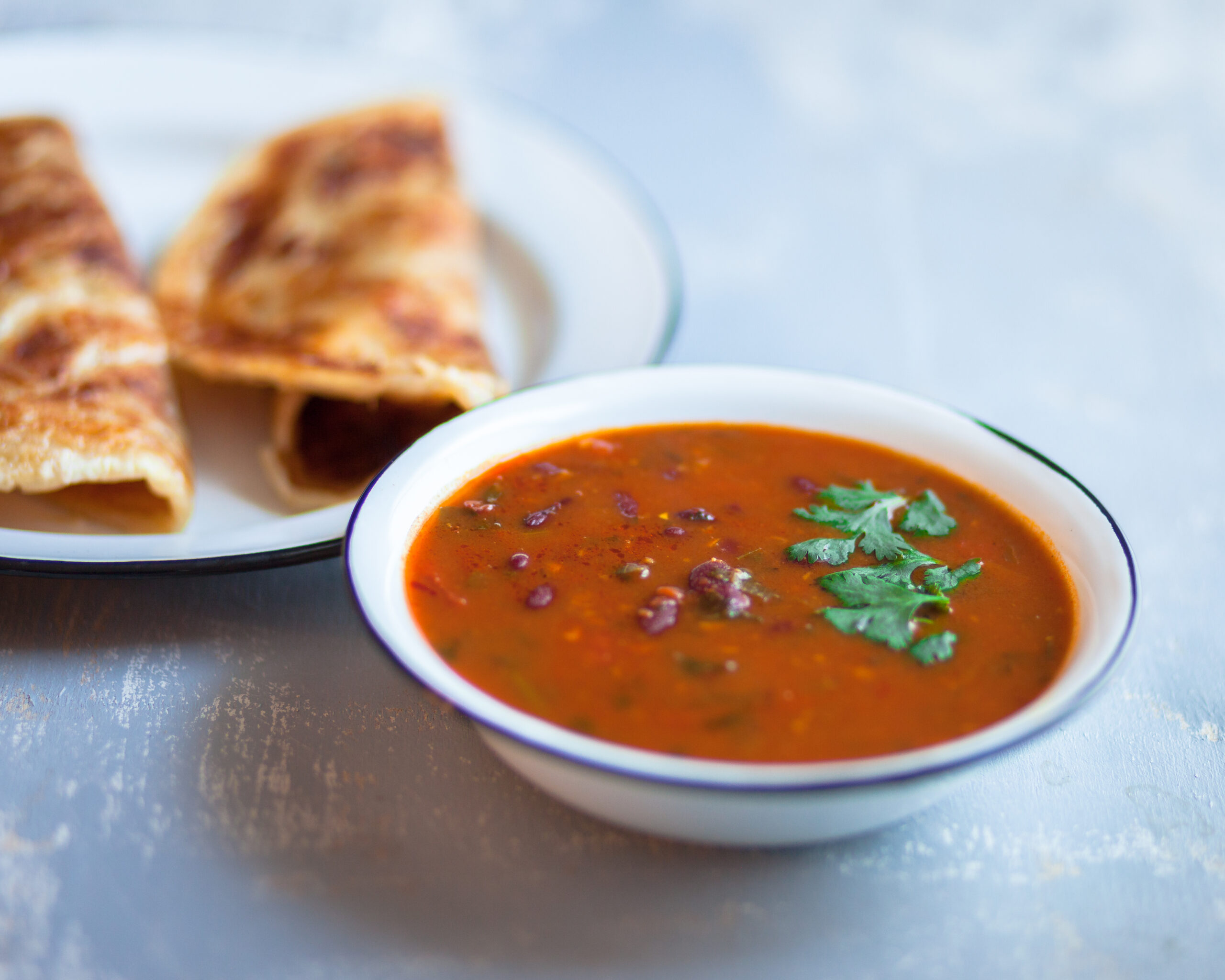Growing up my family didn’t have a lot of money, we had enough never to go hungry. I recall with great fondness the days my mum treated me to the Kenyan street food of madondo (beans) and soft chapatis, often as a lunch treat on school closing days.
Moreover, she didn’t have extra money for fancy meals. This street food combination was relatively affordable, yet regardless of its price, my mum and I did enjoy the food heartily, while we caught up on the events we missed from each other’s lives in the three months when I was away in boarding school.
I remember us visiting the back streets of Nyeri, the places where mechanics and other men in greasy, creasy, hands popped in for lunch. They too had money but only enough for the cheapest meal.
The lighting in these eateries commonly knowns as vibandas, is often dim, with only one window bringing in light and taking out smoke. A handmade glass display perked on top of the counter with larger than life mandazi’s snacks stacked for display. For those who can not afford the 10 shillings chapatti, the 5 shilling mandazi became a more affordable alternative.
I recall the thrill of eating in these vibandas, curious looks briefly darted in our direction, then redirected back to the lunch that had to be consumed in under 15 minutes. The men, paying for their simple meals, ordering for a glass of water, then hurriedly disappearing into the back alleys. My mum and I always asked for a glass of hot water. Drinking hot water was free, tea costs money.
Sometimes my we had the meals on credit, which mum paid when the Indian boss paid her meagre monthly earnings.
Curiously, we hardly ever made madondo and chapatti at home. I guess it was cheaper to eat in these shacks. I have fond memories of the beans sticking out of chipped enamel plates. No other fancy ingredients added, well except for the occasional mixture of sukumawiki (kale).
Years later, madondo continues to be my favourite meal. Those close to me will attest to my love for beans. While still a very economical meal, madondos are packed with all the right proteins.
They remain a treat to me. I have since discovered different methods of adding flavour. Like cooking beans in coconut sauce. Yum!
Is there a meal from your childhood that brings you very fond memories?
For me, it is chapati and madondo (beans). This food combination has remained my comfort food. I eat it often when I feel homesick.
Lastly, for a taste of my favourite childhood meal, please try out the recipe below. Let me know how it turns out.

Ingredients
Maharagwe ya nazi (Kidney beans in Coconut sauce)
800 grams kidney beans (I used can beans)
1 tbsp. coconut oil
Two medium red onions, sliced
A pinch of fenugreek seeds
1 tsp. Cumin seeds
½ tsp. turmeric powder
1 tsp. garam masala
3 gloves garlic, minced
½ stick ginger (minced)
4 tomatoes, blended (or chopped)
2 cups coconut milk (use extra if you want an intense coconut flavour)
1 tsp. Salt
1 medium red pepper (optional)
Coriander for garnishing (optional)
Instructions
Heat the oil in a heavy bottom pan, fry the cumin seeds until they pop. Add the fenugreek seeds and onions. Stir in the onions until they caramelise. Make sure the cumin and fenugreek don’t burn.
Next add the garlic, ginger, garam masala, turmeric powder and tomatoes. Cook these for a few minutes while stirring to make sure they don’t burn.
Mix in the kidney beans into the tomato mix, let this cook for about 2 minutes.
Add the coconut milk to the mixture, turn the heat to low and let the beans simmer for about 10 minutes. Keep stirring so that they don’t stick to the bottom and burn. Dilute some coconut milk with water and add to the pot, if the beans begin to stick,
Garnish with coriander.
Serve warm with chapatti, ugali or rice.
